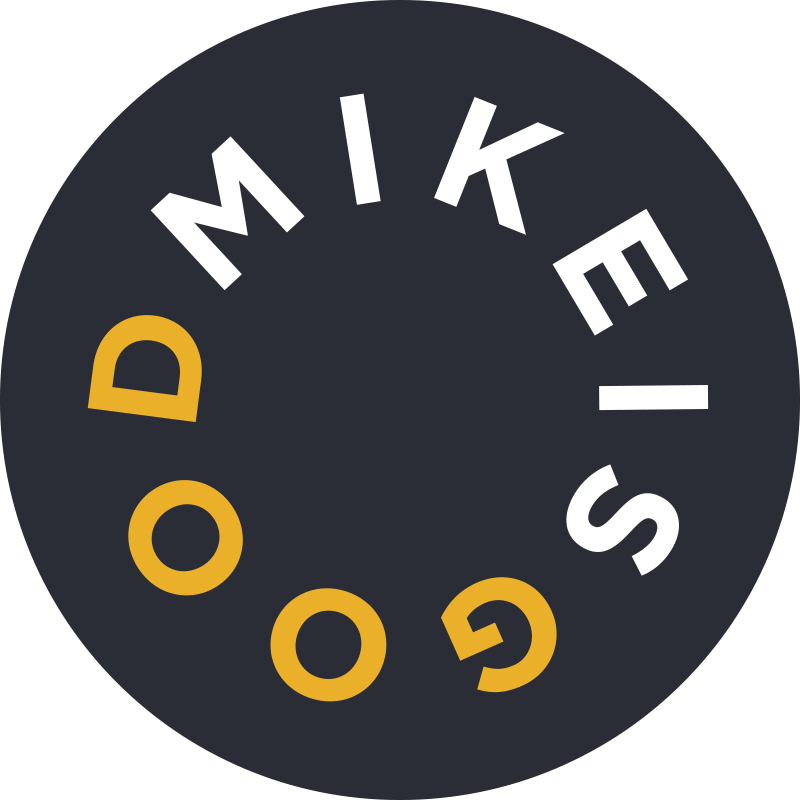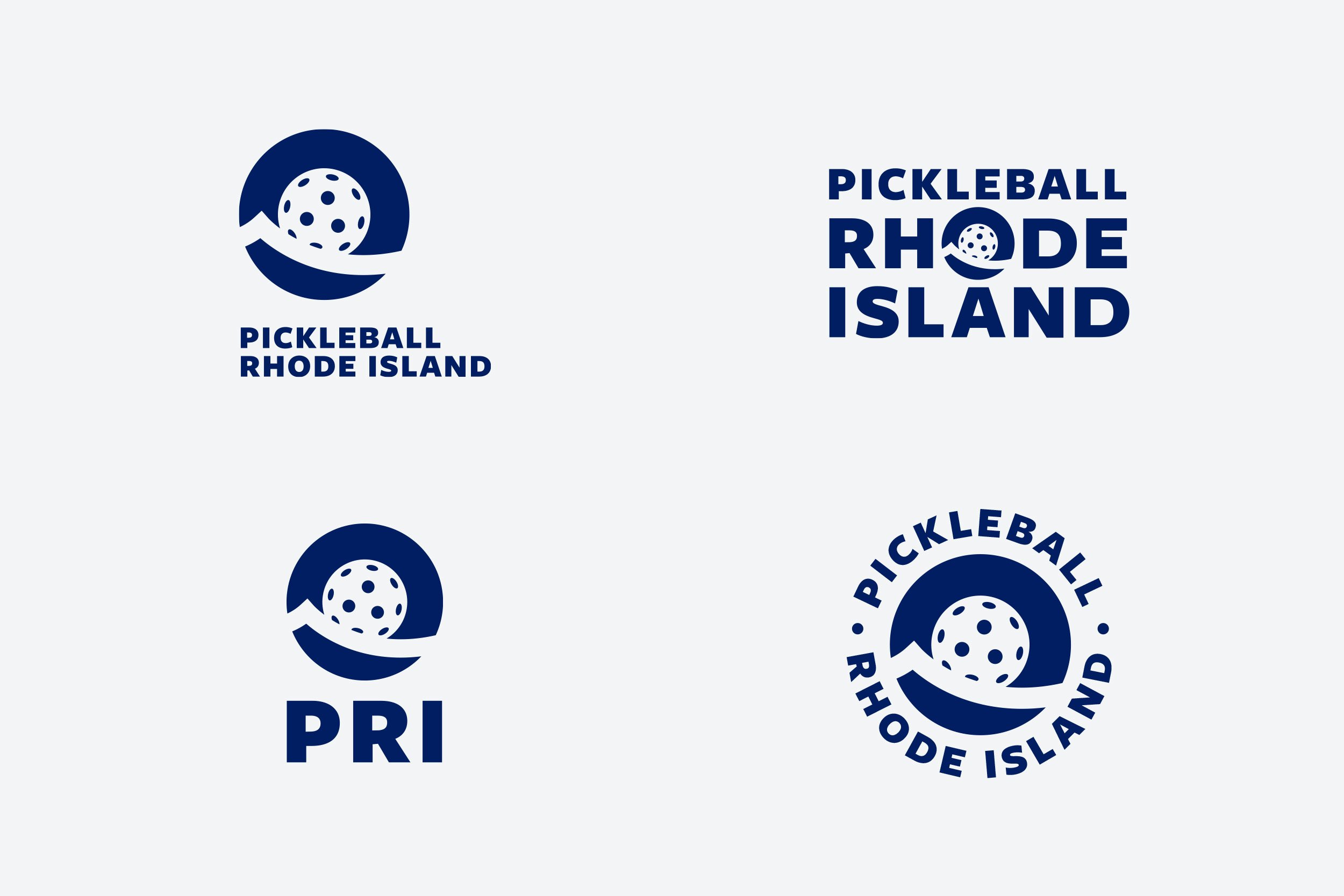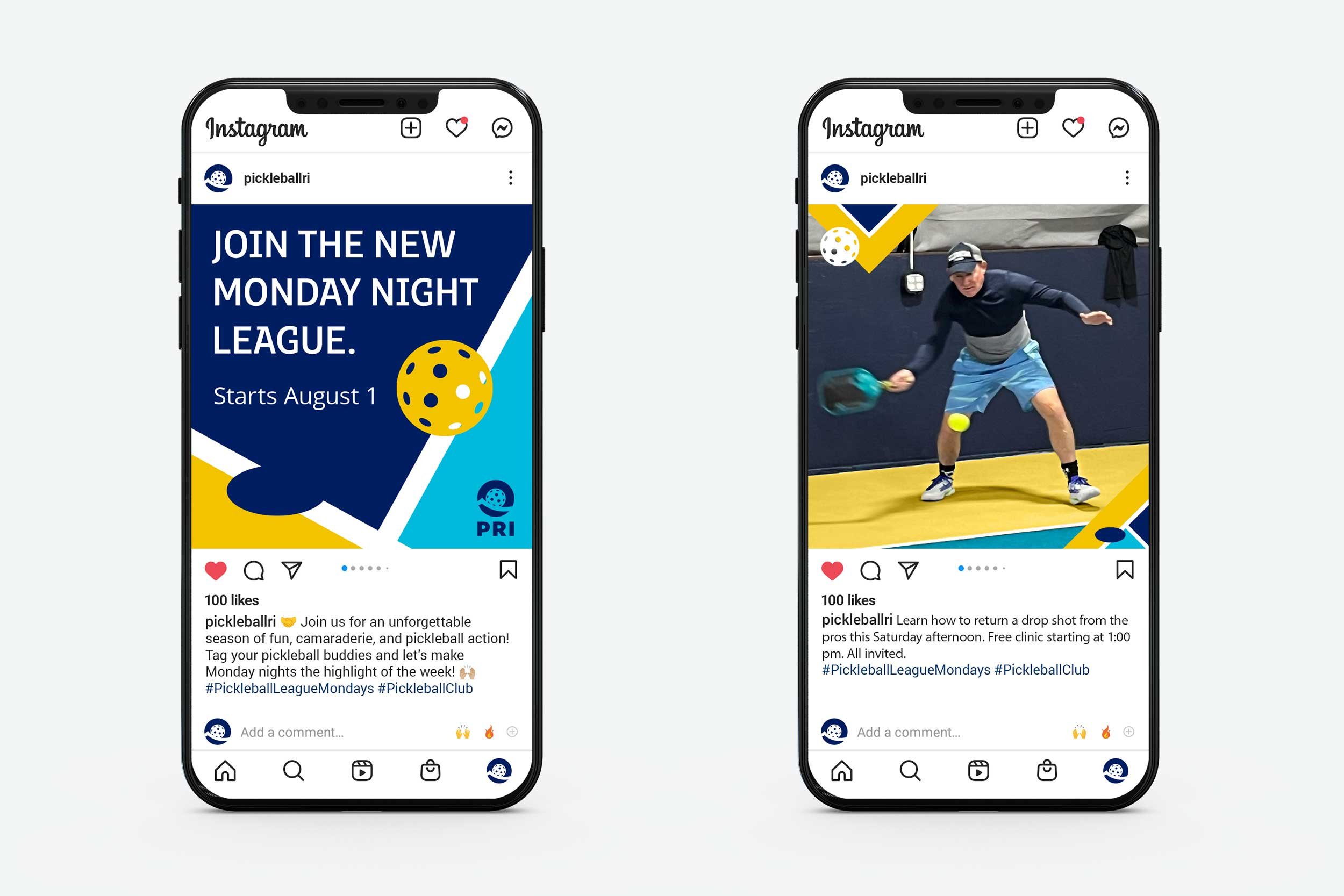Weaponize your logo with a brand identity system.
In today's fast-paced and visually-driven world, I think you’ll agree that establishing a strong brand presence is essential for any business or organization. While a well-designed logo certainly plays a significant role in brand recognition, a comprehensive visual brand identity system to support it gives you a valuable marketing weapon. It encompasses a range of design elements and guidelines that collectively convey a brand's personality, values, and identity. In this article, we delve into the importance of building a comprehensive visual brand identity system and explore the key elements that contribute to its success.
The Power of Visual Branding
Visual branding is the art of using design elements to create a consistent and recognizable identity that resonates with the target audience. A strong visual brand establishes an emotional connection, communicates professionalism, and sets a business apart in a competitive market. While a logo is one element of a brand's visual identity, it's just the tip of the iceberg. A comprehensive visual brand identity system ensures that every touchpoint, from digital platforms to physical collateral, provides a cohesive and memorable brand experience.
Key Elements of a Visual Brand Identity System
1. Logo Variations: A well-designed logo is versatile and adaptable. It should have variations that suit different contexts and mediums, such as horizontal, vertical, monochrome, and simplified versions. These variations maintain consistency while allowing flexibility for different applications.
2. Color Palette: Colors evoke emotions and perceptions. Selecting a consistent color palette is crucial for brand recognition. The palette should include primary and secondary colors, specifying their uses in various contexts, such as backgrounds, typography, and accents.
3. Typography: Typeface selection contributes to a brand's personality. A visual brand identity system includes designated fonts for headings, subheadings, body text, and other typographic elements. These fonts maintain readability and consistency across all communication materials.
4. Imagery Style: Often overlooked, the way images are treated – whether they're photographs, illustrations, or graphics – greatly influences the brand's tone. Defining guidelines for imagery style ensures that all visuals reflect the brand's essence and values.
5. Iconography: Icons and symbols provide a compact and visual way to convey information. Developing a set of custom icons that align with the brand's aesthetic can enhance recognition and communication.
6. Patterns and Textures: Incorporating unique patterns and textures into a brand system adds depth and visual interest. These elements can be used in backgrounds, packaging, and digital interfaces to create a distinctive look.
7. Voice and Tone: While not strictly visual, voice and tone guidelines are integral to maintaining a consistent brand identity across written communication. Defining the brand's voice ensures that messaging aligns with its personality.
8. Layout System: Establishing a layout system aids in creating visually appealing layouts. It provides structure for designs across different mediums, maintaining coherence and ease of comprehension and creation.
9. Application Examples: Showcasing examples of the visual elements in real-world applications helps team members and external partners understand how to implement the brand identity system effectively.
The visual brand identity system for Pickleball Rhode Island is simple for practitioners to execute and capable for producing a lot of variety. Explore the entire system here.
Benefits of a Visual Brand Identity System
1. Consistency: A cohesive visual brand identity system ensures that every piece of communication, whether it's a social media post or a product packaging, adheres to the same design principles. This consistency builds trust and familiarity with the audience.
2. Recognition: When various visual elements align across different touchpoints, audiences can quickly recognize and associate them with the brand. This recognition increases brand recall and aids in building a strong brand presence.
3. Professionalism: A well-crafted visual brand identity system conveys professionalism and attention to detail. It signals that the brand is committed to delivering a high-quality experience.
4. Flexibility: Despite the consistency, a brand identity system allows for flexibility in design. This flexibility enables adaptations for different platforms and audience segments while maintaining the core brand essence.
5. Scalability: As a business grows, so does its need for diverse communication materials. A well-designed brand identity system simplifies the process of creating new materials while maintaining the brand's integrity.
Building a visual brand identity system goes beyond designing a logo – it's about creating a holistic experience that resonates with audiences and communicates a brand's identity cohesively. When all visual elements work together harmoniously, a brand gains recognition, trust, and a distinct edge in a crowded marketplace. By investing in a visual brand identity system, businesses lay a strong foundation for long-term success and meaningful customer engagement.








